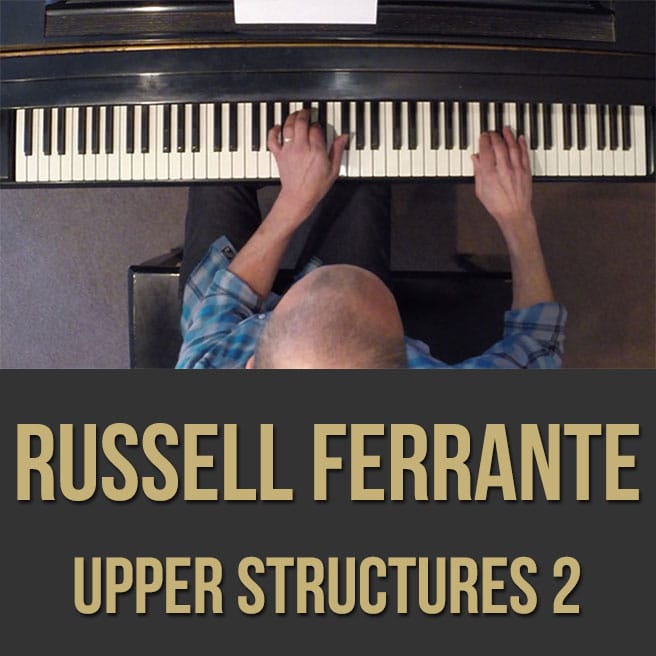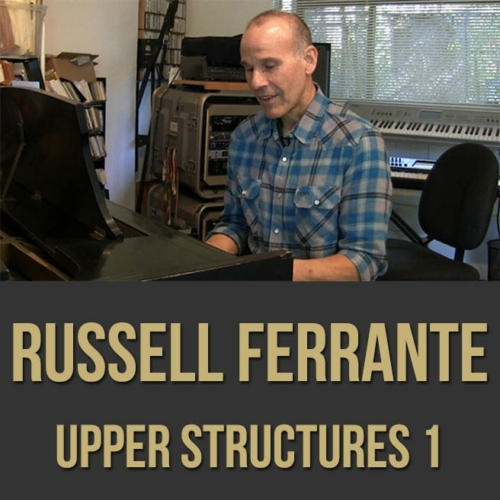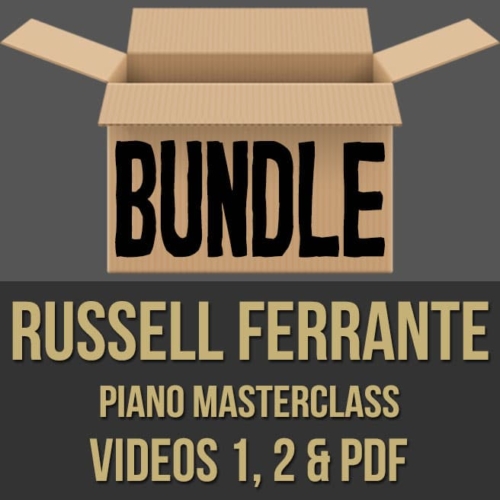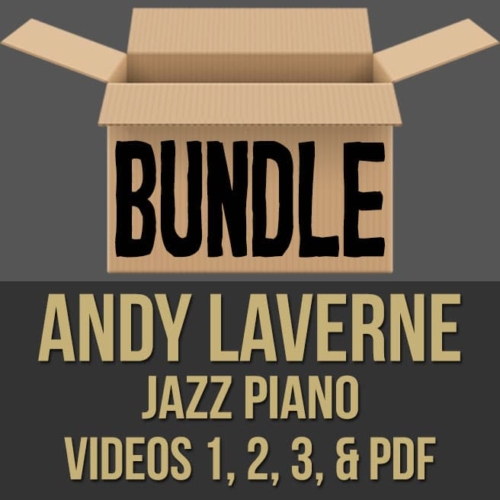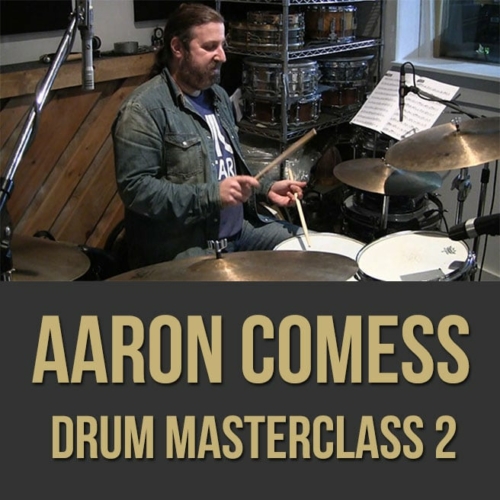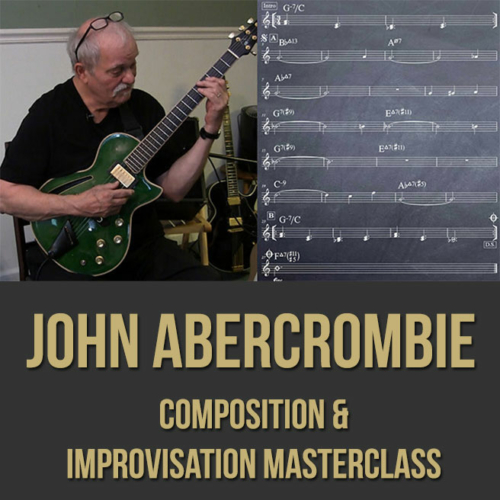Product Description
Length:
24:54
Subtitles:
English, Portuguese, Spanish
Description:
In part two (2 of 2) of this "upper structures" jazz piano lesson series, acclaimed pianist Russell Ferrante (Yellowjackets, etc.) demystifies some seemingly complex harmonic concepts. Russell takes you through his upper structure system and shows you how to play through sophisticated material by thinking of only 12 chords. If you're looking to improvise more fluently, create interesting/unpredictable harmonic movement and add excitement to your melodic playing, this piano masterclass is for you! NOTE: There is a small PDF bundled with the "purchase" version of this video (not the $8.99 "rental" version) which includes the onscreen notation. You can purchase both videos and the PDF in this series at a discount here!
Topics Covered: Piano, Upper Structures, Thinking of Minor Chords, Applying This to “Body and Soul” Changes, Jazz Harmony, Simplifying “Giant Steps” Changes, Dominant Chords, Major Chords, Altered Chords, Half Diminished Chords, Diminished Chords, Superimposing Melodic Phrases, Voicings, Resolving Upper Structures, Unpredictable Root Motion, Melodic Shapes, Common Progressions, Simplifying Your Thought Process, Etc.
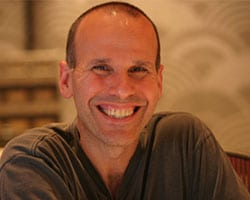
Russ’s first exposure to music came from his church, where his father was the choir director as well as being a frequent vocal soloist and having a vocal gospel quartet. His father’s whole family were music lovers and several of his brothers and sisters had marvelous voices, something Russ admits never got passed on to him. “I began piano lessons at 9 with the expectation that I’d one day be the church pianist. My musical interests took me elsewhere but my sister who is 2 years younger actually went on to fulfill my parent’s dreams and is now directing the music department for a church in Watsonville, CA,” Russ says.
Besides his early interest in the piano, Russ also tried other instruments, making the most headway on drums, even going as far as playing drums on a couple of gigs and recording sessions. His experience with the drums has benefited his piano and keyboard playing and composing as a result.
As for musical education, Russ relates the following: “I took piano lessons from a wonderful piano teacher in San Jose, CA named Ann Penner, from age 9-16 or so, nothing fancy, just the basics. I got interested in jazz and pop around the age of 15 and studied that from whatever sources were available, notably scattered lessons with local jazz musicians, jazz theory books that I found or were recommended to me, and listening to my favorite recordings and transcribing songs and solos. Regrettably I never really studied music in school.”



